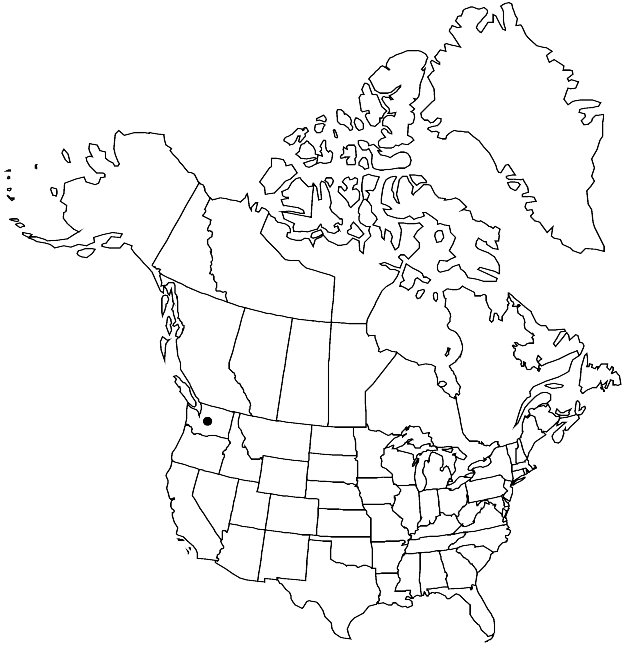Physaria alpestris
W. Amer. Sci. 15: 58. 1906.
Perennials; caudex usually simple, rarely branched, (cespitose); (silvery) pubescent throughout, trichomes several-rayed, rays (1-bifurcate or) 2-bifurcate, (low-umbonate, tubercles relatively few, small). Stems several from base, decumbent to ascending, (unbranched), 0.5–1.5 dm. Basal leaves: (petiole slender); blade obovate, 3–5 cm (width 10–20 mm, base tapering abruptly to petiole), margins entire, (apex rarely slightly acute). Cauline leaves: blade oblanceolate, 0.5–1.5 cm (width 3–5 mm), margins entire. Racemes subcorymbose. Fruiting pedicels (divaricate, straight), 5–10 mm. Flowers: sepals oblong, 8–10 mm; petals spatulate, 12–14 mm. Fruits didymous, mostly highly inflated (strongly flattened at least in 1/2 toward replum), 14–18 × 14–18 mm, (papery, basal sinus slightly notched, apical open, shallow); valves (retaining seeds after dehiscence), evenly pubescent; replum lanceolate, 7–10 mm, width 1.5–2.5 mm, as wide as or wider than fruit, apex acute to acuminate; ovules 8–10 per ovary; style 5–7 mm. Seeds flattened, (2–3 mm). 2n = 48–52, 52, 64, 67–70.
Phenology: Flowering May–Jun.
Habitat: Alpine scree, rocky ridges, talus slopes, volcanic sands and gravel, serpentine gravel, granitic slopes, mountain shrub, subalpine fir, and whitebark pine communities
Elevation: (700-)1300-2400 m
Discussion
Selected References
None.
Lower Taxa
No values specified."not" is not a number. "elongated" is not a number."thick" is not a number."dm" is not declared as a valid unit of measurement for this property.
